The Rwanda Genocide: 100 Days that Shook Humanity
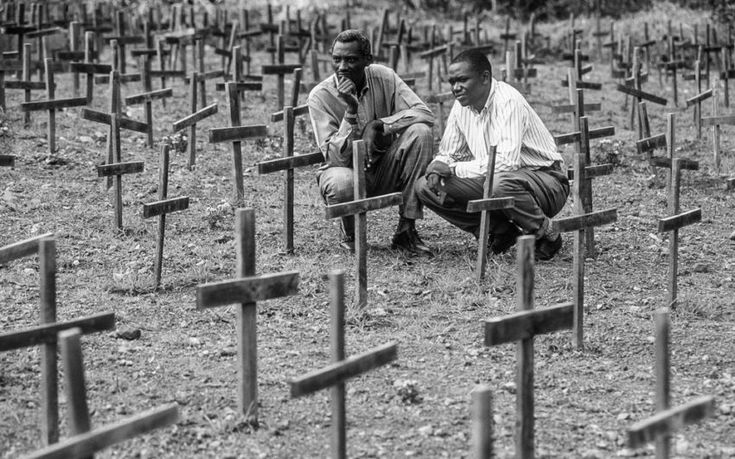
The African Continent, over the years, have witnessed many of the world's most bloody conflicts. However, few compare to the sheer scale of brutality and loss that characterised the Rwandan Genocide — a hundred-day bloodbath where neighbours turned against neighbours and women were subjected to unspeakable acts of violence.
Born out of deep-rooted ethnic divisions and differences between two of the three major ethnic groups of Rwanda — the Tutsis and Hutus, the Genocide remains one of Africa's darkest chapters, an event the Continent would love to forget but simply cannot, because even after so long, the scars still linger.
TRACING THE ROOTS OF DIVISION
To understand the horror that unfolded in 1994, one must first look back at the centuries-old divisions that shaped Rwanda’s social fabric. For as long as history recalls, the Tutsis and Hutus have never been in tandem; what existed was rather a form of precarious coexistence.
Before the arrival of colonial power and as far back as the 18th century, Rwanda was ruled by a monarch, led by the Tutsi minority. At this time, the Tutsi Monarchy dominated the Hutus, who were mostly farmers. The Tutsis established a form of hierarchical system that exploited the Hutus through forced labour and taxes.
Though in most cases, a wealthy Hutu could become a Tutsi, as social identity in pre-colonial Rwanda was fluid and based significantly on class. It was really based on how many cows you had then, but later on, the Belgians expanded the differences.
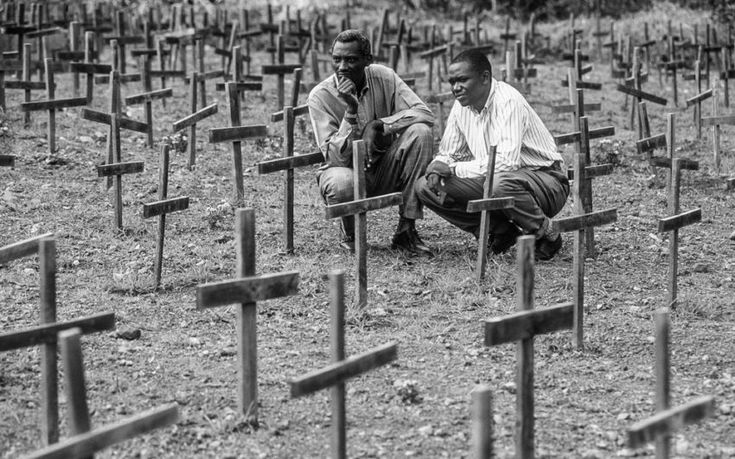
When Germany colonised Rwanda in the late 19th century, it allowed the Tutsis to continue leading the people and ruled through them indirectly, as it was convenient for them.
After Germany's defeat in the First World War, the Belgians took over Rwanda and initially upheld the same system. The Belgians, influenced by the Hamitic hypothesis, believed that the Tutsi were a superior race and were more fit to rule.
As a result of this, the Tutsis got privileged access to education and administration and then in 1930, the Belgians introduced the identity cards, institutionalising ethnic divides by permanently labelling Rwandans as either Tutsi, Hutu or Twa. This meant that wealth was no longer a means of becoming a Tutsi as a Hutu; class was now fixed and could only be inherited in the case of father to child.
After World War II and the movements of decolonisation began to spread, the Belgians and the Catholic church, seeking to avoid a revolution, shifted their support to the Hutu majority. As a result, Hutu counter-elites began to rise, demanding greater representation and an end to Tutsi dominance. In response, the Tutsis pushed for independence so they could preserve their power and hold on to the Hutus.
Unfortunately, in 1959, a Hutu chief was killed by Tutsi extremists, and this set up a chain of ugly events that led to the Rwandan revolution. This revolution was marked by riots, widespread attacks and arson all targeted at Tutsi homes. The Tutsis retaliated and tried to suppress the Hutus, but they were stopped by the Belgian Colonel, Guy Logiest.
Logiest restored order and started reforms that involved replacing Tutsi Chiefs with Hutus, and this made the King, then, Kigeli V, a figurehead leader, leading him to flee into exile. By 1961, Logiest and Kayimbada declared Rwanda an independent republic. This revolution forced about 336,000 Tutsis to seek refuge in neighbouring countries.
FROM EXILE TO INSURGENCY
In the decades that followed independence, Rwanda’s political landscape was shaped by cycles of repression and retaliation. The new Hutu-led government under the leadership of Kayimbada institutionalised anti-Tutsi sentiments and portrayed the exiled Tutsi population as enemies of the state.
In Rwanda, periodic massacres reinforced the climate of fear, while hundreds of thousands of refugees languished in camps across Burundi, Uganda and Zaire, unable to return home. This led to the formation of the Rwandan Patriotic Front (RPF) in 1987 by refugees in Uganda.
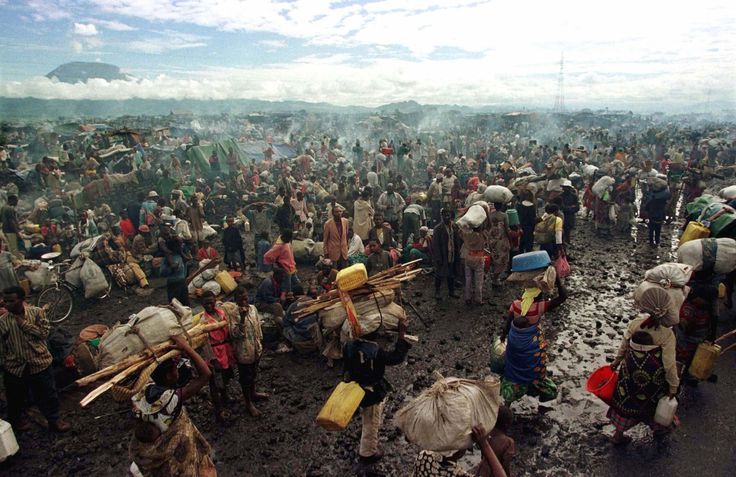
On October 1, 1990, the RPF, led by Fred Rwigyema, launched an attack into northern Rwanda, marking the beginning of a bloody civil war. Unfortunately, the RPF lost momentum when their leader was killed on the second day of battle. The Rwandan Army, assisted by expeditionary troops from France, gained the upper hand, and the RPF were largely defeated by the end of October. This was when Kagame, who had been in the United States during the invasion, returned to take command.
Under his leadership, the RPF regrouped in the Virunga mountains for months before launching sets of organised guerrilla attacks against government forces and sustaining the insurgency till mid-1992, when neither side was able to gain the upper hand.
A series of protests, regional pressures and civil unrest forced Rwandan President Juvénal Habyarimana to begin peace negotiations with the RPF and domestic opposition parties, culminating into the signing of the Arusha Accords in 1993.
The accords, designed to share power and integrate RPF soldiers into the national army, were met with fierce resistance from Hutu elites, who saw it as surrender, and while the world saw peace on paper, Rwanda stood on a ticking time bomb.
THE HUNDRED DAYS OF HORROR
On the evening of April 6, 1994, a plane carrying President Juvénal Habyarimana and his Burundian counterpart, Cyprien Ntaryamira, was shot down as it approached Kigali. Both leaders were killed instantly. Within hours, roadblocks sprang up across the capital, and while the perpetrators of this act remain disputed till this day, fingers quickly pointed at the Tutsis.
To emphasise the depth of this tribal hate, what followed this incident wasn't spontaneous chaos, but rather the execution of a properly planned extermination campaign. State radio, Radio Télévision Libre des Mille Collines (RTLM), fanned the flames, broadcasting names and addresses of intended victims and urging listeners to “cut down the tall trees.”
For the next 100 days, Rwanda became a slaughterhouse. Churches that once served as sanctuaries became massacre sites. Neighbours betrayed neighbours, and women were sexually assaulted. Priests, teachers, civil servants, and anyone able to use a weapon joined in this massacre against the Tutsi.
The RPF ever determined captured territories one by one, surrounding them, cutting off supply routes before capturing. By mid June, they had surrounded the capital, Kigali, and on July 4th, they captured it, putting an end to the Rwandan Genocide or as scholars often put it, the Genocide against the Tutsis.
By the end of the war, the death toll was already high. The UN report of November 1994 (UN 1994) took a safe range between 500,000 and one million victims, most of whom were Tutsis and a moderate amount of Hutus.
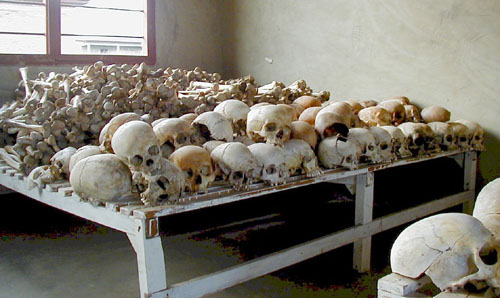
The victorious RPF assumed control of the country with Paul Kagame as the de facto leader. Although Pasteur Bizimungu, a Hutu civil servant who fled to join the RPF, was appointed as President to promote national unity, Kagame, the Vice President who doubled as the Minister of Defence, wielded the real power.
The military wing of the RPF was renamed as the Rwandan Patriotic Army (RPA) and became the national army. It also established the Gacaca courts to prosecute tens of thousands of genocide perpetrators while emphasising justice and national healing.
In 1996, Rwanda launched a cross-border offensive into Zaire (now the Democratic Republic of Congo) to dismantle refugee camps that had become sanctuaries for the former regime’s army and militias. This action started the First Congo War, which removed long-time dictator Mobutu Sese Seko from power.
Recommended Articles
There are no posts under this category.You may also like...
Super Eagles' Shocking Defeat: Egypt Sinks Nigeria 2-1 in AFCON 2025 Warm-Up

Nigeria's Super Eagles suffered a 2-1 defeat to Egypt in their only preparatory friendly for the 2025 Africa Cup of Nati...
Knicks Reign Supreme! New York Defeats Spurs to Claim Coveted 2025 NBA Cup

The New York Knicks secured the 2025 Emirates NBA Cup title with a 124-113 comeback victory over the San Antonio Spurs i...
Warner Bros. Discovery's Acquisition Saga: Paramount Deal Hits Rocky Shores Amid Rival Bids!
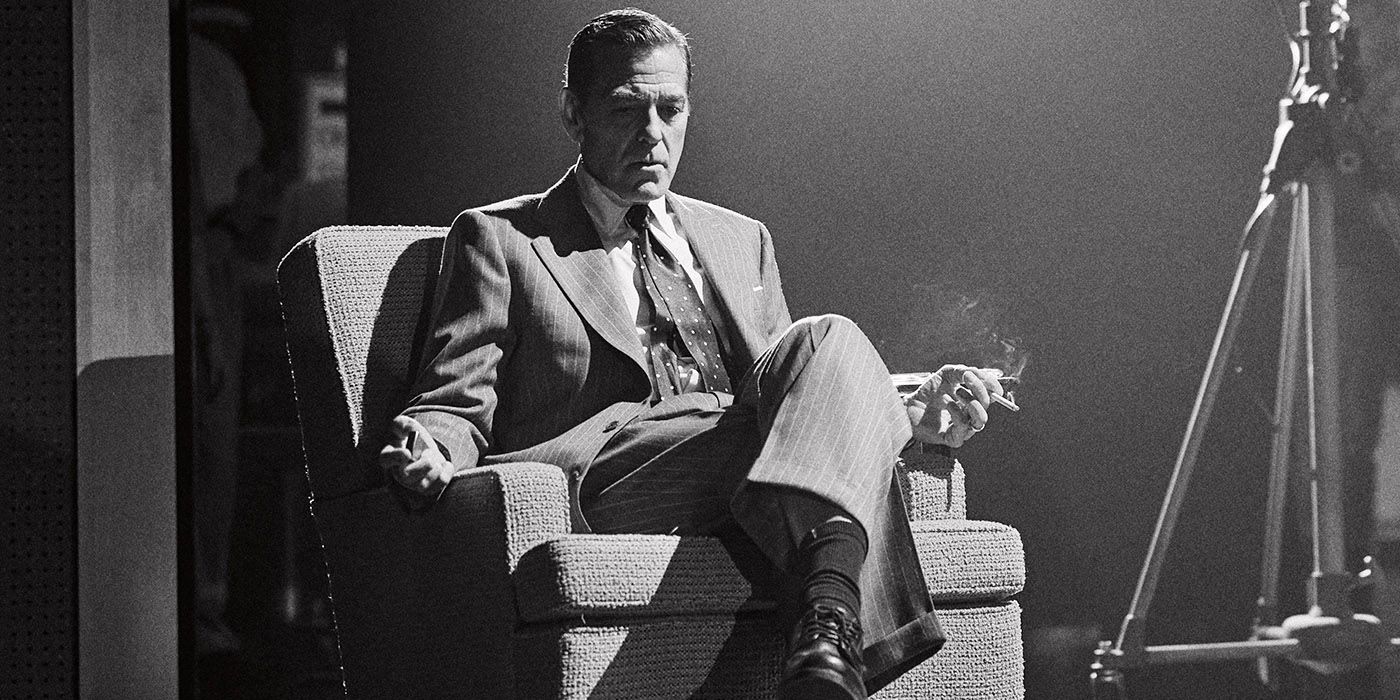
Hollywood's intense studio battle for Warner Bros. Discovery concluded as the WBD board formally rejected Paramount Skyd...
Music World Mourns: Beloved DJ Warras Brutally Murdered in Johannesburg

DJ Warras, also known as Warrick Stock, was fatally shot in Johannesburg's CBD, adding to a concerning string of murders...
Palm Royale Showrunner Dishes on 'Much Darker' Season 2 Death
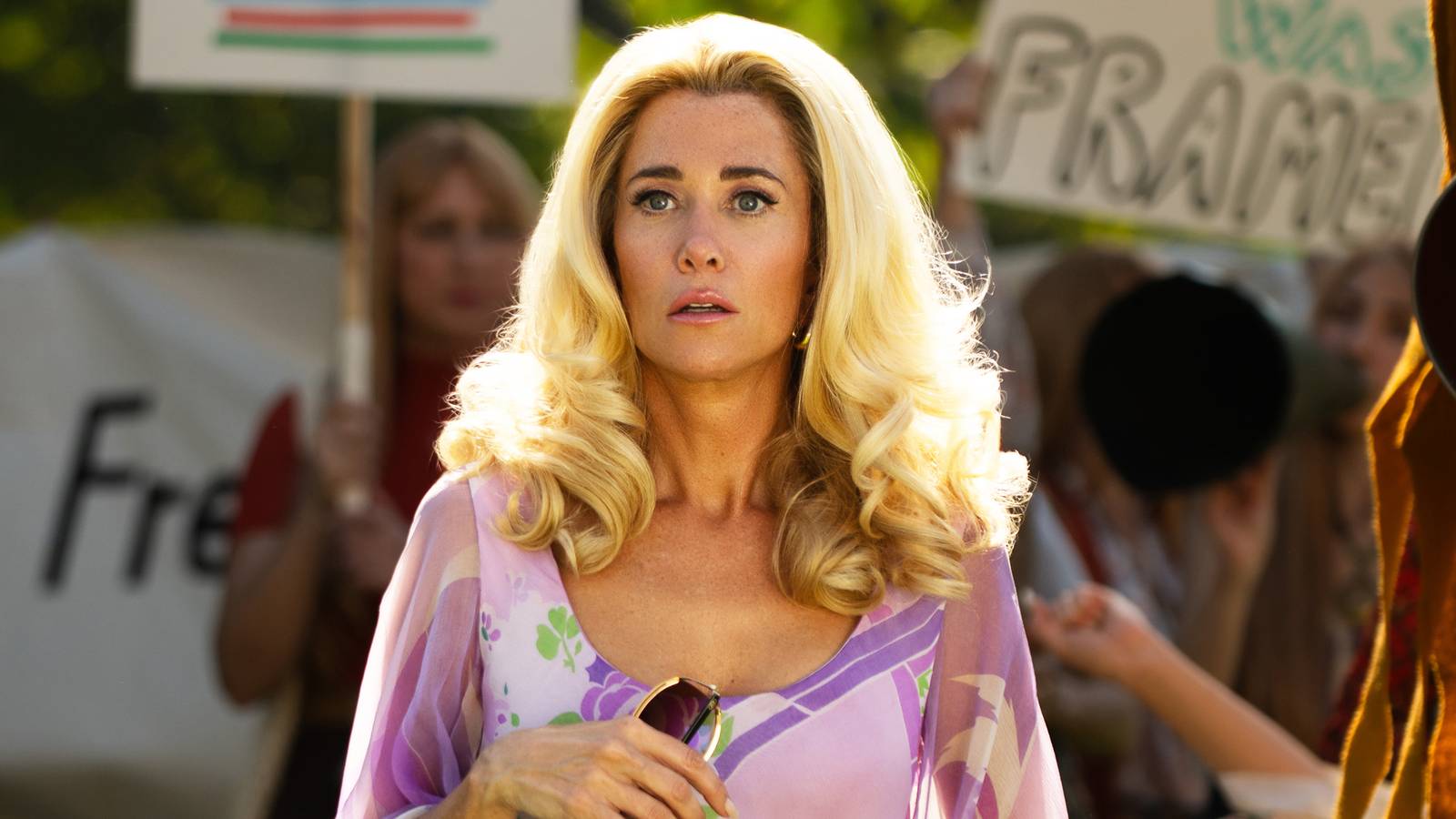
"Palm Royale" Season 2, Episode 6, introduces a shocking twin twist, with Kristen Wiig playing both Maxine and her long-...
World Cup Fiasco: DR Congo Faces Eligibility Probe, Sparks 'Back Door' Accusations from Nigeria

The NFF has petitioned FIFA over DR Congo's alleged use of ineligible players in the 2026 World Cup playoffs, potentiall...
Trump's Travel Ban Fallout: African Nations Hit Hard by US Restrictions

The Trump administration has significantly expanded its travel restrictions, imposing new partial bans on countries like...
Shocking Oversight: Super-Fit Runner Dies After Heart Attack Symptoms Dismissed as Heartburn

The family of Kristian Hudson, a 'super-fit' 42-year-old marathon runner, is seeking accountability from NHS staff after...
.png&w=1920&q=75)
